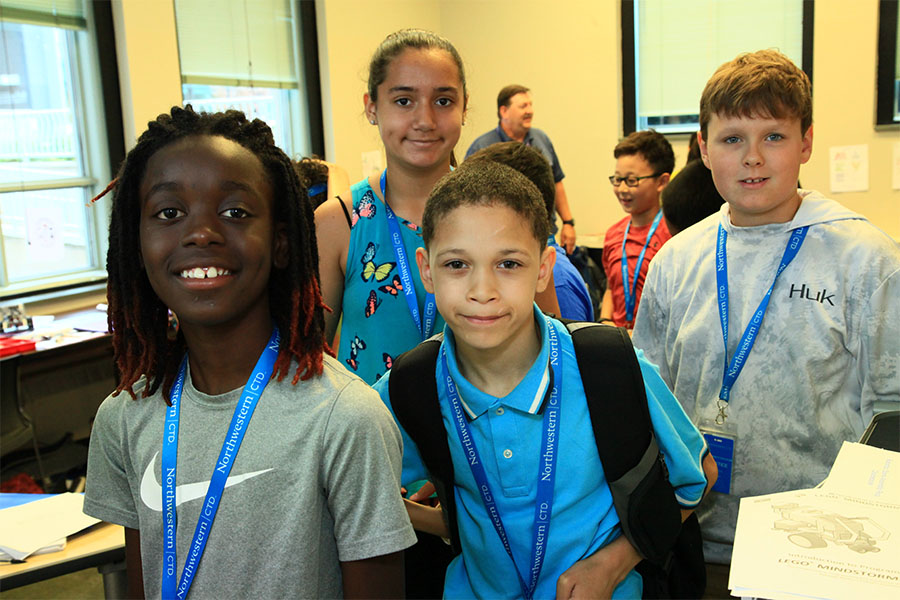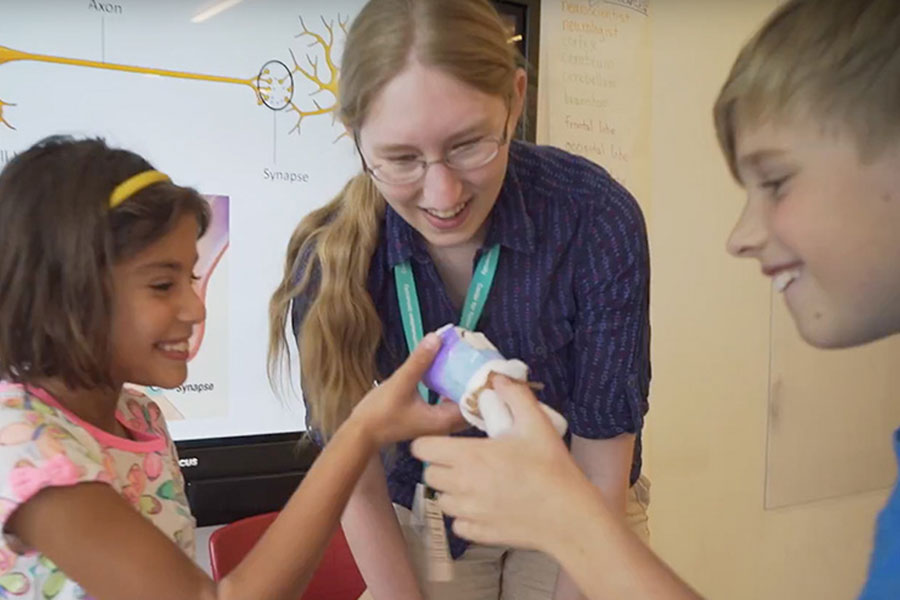Hey Lady, You're Blocking My View: Reflections of a Classroom Teacher Moving Online

A recording of a demonstration in GIMP in Adobe Connect.
+Long Powerpoint lectures in any context are a thing of the past. Deep discussion of two or three images in a synchronous online meeting with students is more effective than the delivery of a longer lecture. For an asynchronous experience, engaging media like TED talks, documentary films like Art21, or virtual fieldtrips to sites like the Library of Congress or the Cooper Hewitt Design Museum are much more productive and diverse learning experiences that students can do when best fits their schedule. + The online classroom needs to be flexible and asynchronous. I thought, at the start, that regular synchronous meetings were a necessity. While younger students appreciate the regular online sessions, older students prefer the flexibility of independent work. Online learning serves the motivated gifted student, and reinforces her sense of ownership of her education, interests and time. Revision of my curriculum is done to make it more spare and self-sufficient to fit into my talented students’ distributed learning matrix. + Peer- to- peer synchronous interactions are valuable. While the individualized support I provide is important, students are excited by interactions with peers in the online classroom. While some of these students are digital natives, most have had the core of their education in a standard classroom. Their online experiences express the potential of this new world. The more I can fade into the woodwork, the better: students feel independent and build community.
Students screen sharing their work and using chat to discuss it in Adobe Connect.
Asynchronous online courses like those offered by Gifted LearningLinks are, by necessity, a flipped classroom. We describe our courses as facilitated independent study, which they really are. Students study and watch lectures independently, produce projects and take tests, and interact with the instructor for feedback and next steps. The flipped classroom is an exciting place to be, with comments flying during synchronous sessions and peer critique written out with careful, specific language. Asynchronous communication is used as well—email, screencasts and discussion boards—in much the same ways we use it in our adult work lives: to set meetings, to review deliverables, to evaluate and discuss next steps. Gifted LearningLinks started out as correspondence courses, where all the student work went back and forth through U.S. Mail and teachers and students spoke by phone. Now, with new tools coming online on a weekly basis, we discuss every change in the field as potential opportunities for our teachers and students. I see now that online teachers are made, not born, and the learning community of the future is flexible, with an emphasis on quality communication and connected experiences. Anne Stevens is the coordinator of Creative Studies at the Center for Talent Development and teaches in the Saturday Enrichment Program, Gifted LearningLinks and Summer Program. Her upcoming GLL Enrichment course, Images + Text: Reading & Writing Workshop begins April 1, and she teaches an honors elective course, Art & Literature of the Graphic Novel for grades 6-12.
